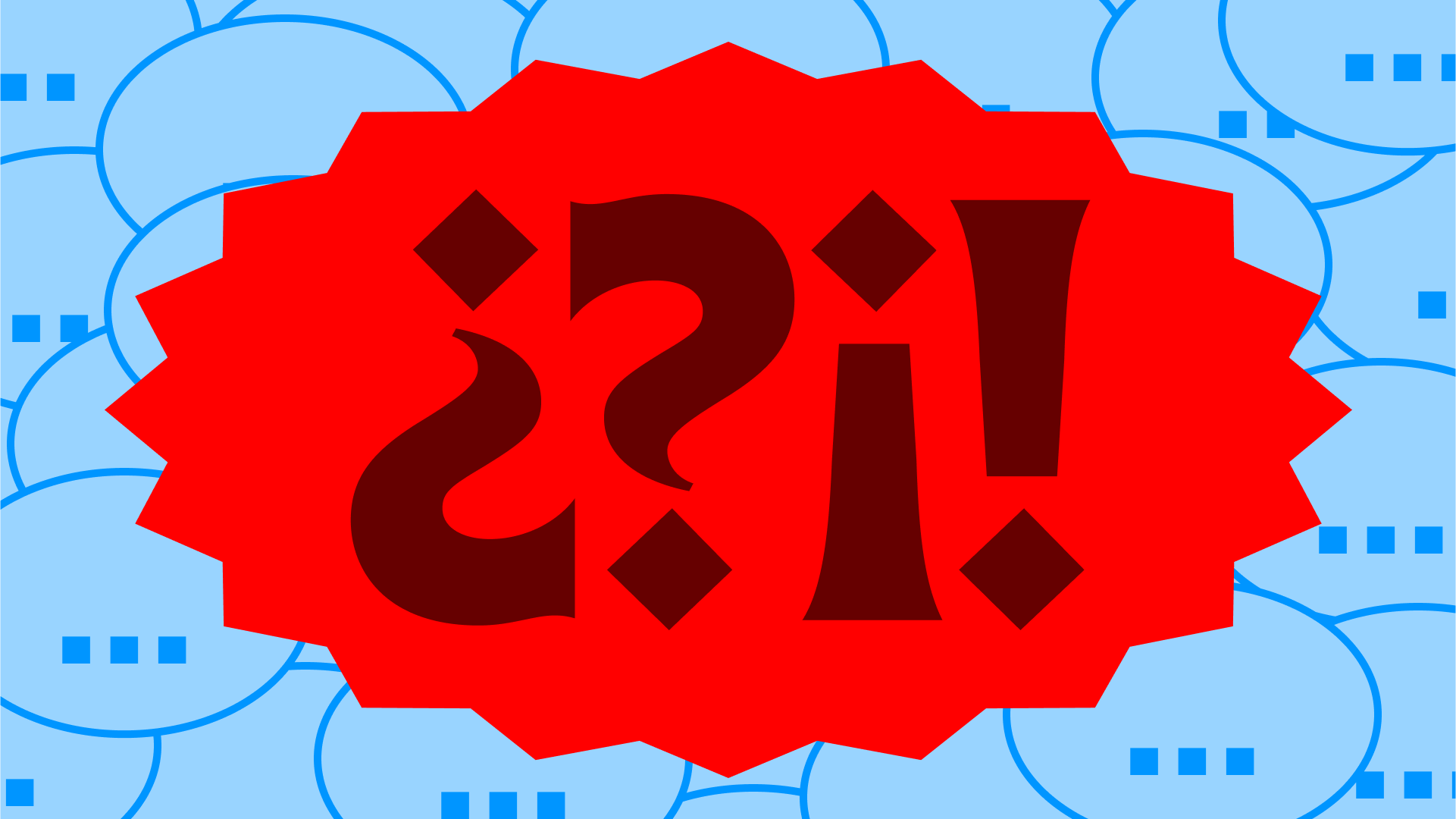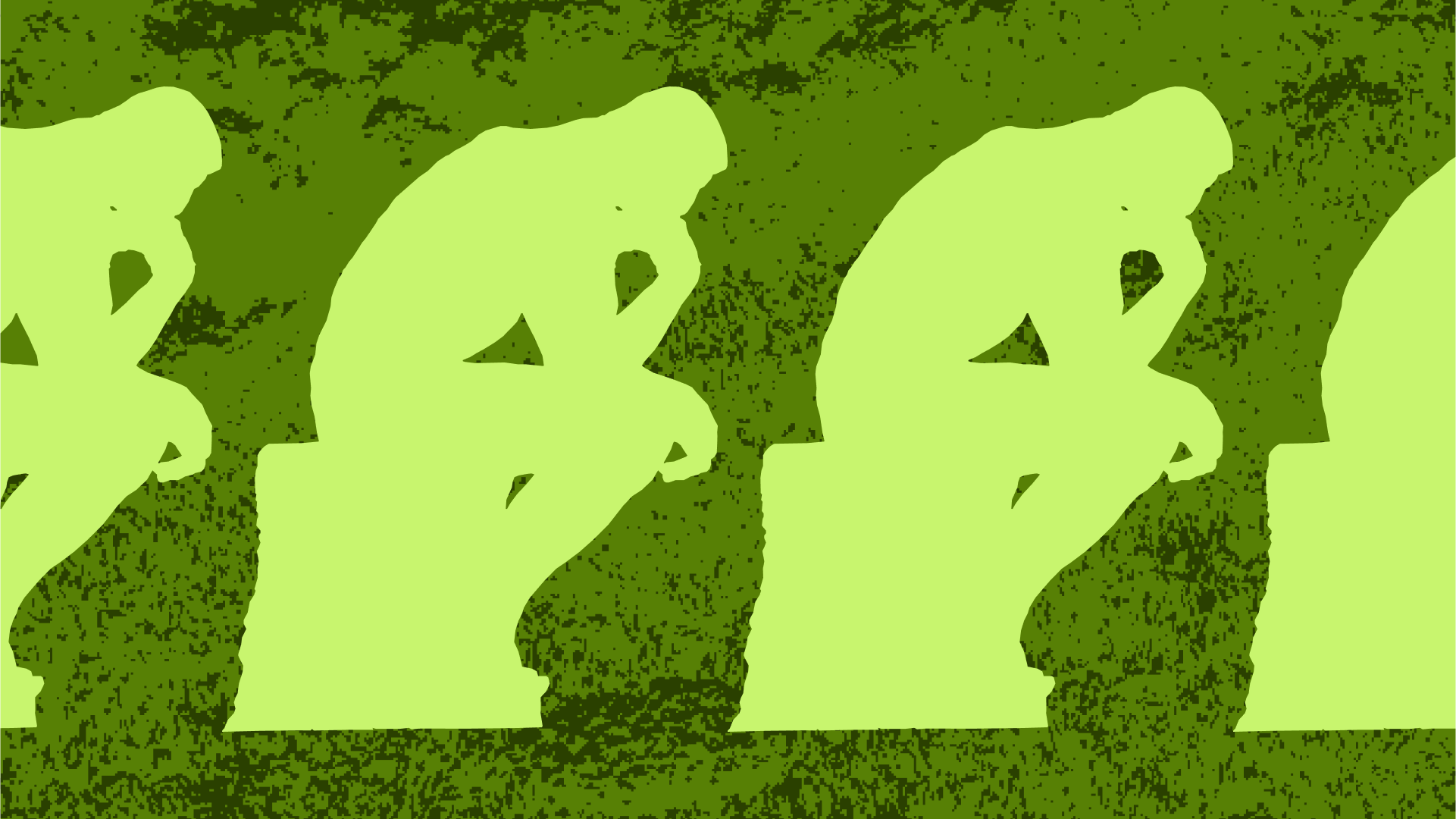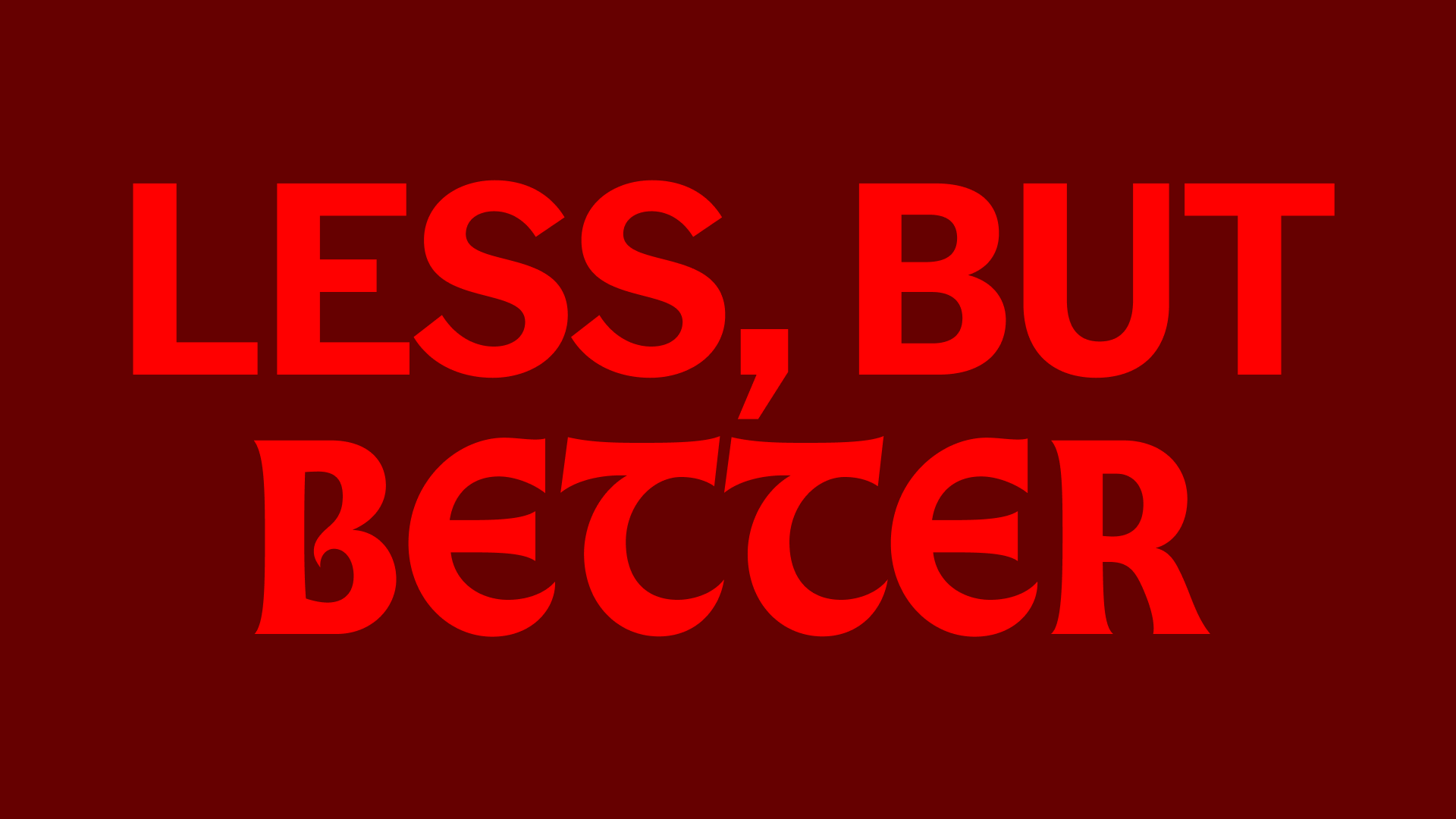Friction is a reminder
Much of the design industry's work is centered on making life as simple as possible, but what happens when that idea is taken too far?

Hi everyone 👋🏽 A quick note before I jump in: Apologies for the inconsistent schedule! I’m out of the country, and it has been difficult to pin down time for writing. We’ll return to your regularly scheduled programming this Friday. 📺
Low-lying ethereal clouds clashed, nearly at eye level, with the mountains ahead of us; those covered in emerald green trees, thick grasses, and dotted with barely-intelligible specks of white, which I knew to be sheep. The obsidian asphalt complemented a vibrant, earthy color palette that any Scot would be familiar with. As a passenger in the back seat of my wife's parent's small VW crossover, driving along a string of beautiful backroads in the Spanish region of País Vasco from her hometown of Vitoria to Bilbao, I dreamt of being a character in a dreamy Studio Ghibli masterpiece.
A few days later, the return to Vitoria was a quick 55 minutes on the N-622 that passed so rapidly that it evaporated from my memory by the end of the trip.

All stories, fictional or not, have some friction. In the story above, the friction is between the beauty of going slow, the efficiency of going fast, and the effect each has on imagination. Friction is an element that fulfills our desire for conflict and resolution. One that makes the story memorable. Stories have flawed characters, goals they want to achieve, and obstacles that stand in their way; friction is the indispensable core of all of these.
What's odd is how we try to eliminate as much friction as possible in real life. In design, it's as constant a nemesis as Comic Sans. But that makes me ask, by creating frictionlessness through well-designed products, services, and algorithms—whose side effects often reduce human contact and any iota of discomfort or self-reflection—are we also making life less memorable?
Despite our industry's efforts this century, striving for complete frictionlessness feels like a mistake. Without friction, there's no opportunity to learn or connect. When everything is taken care of, we continue to exist in individualized bubbles, ushered to the next thing we're told to care about. Without friction, we lose a path to understanding, confidence, and sufficiency.
I want to take that a step further and say that frictionlessness keeps designers, and those who use the products and services they make, from truly understanding and identifying with the climate crisis. Being open to experiencing friction is the first step to changing your and your community's 'frame,' or worldview, as Spencer Scott says:
A climate activist, in the most basic sense, is asking you to shift the relative weights of your frames. They are asking people to rearrange their time/energy/resource allocation to align with a sustained emergency value-set that might be mutually exclusive with many preexisting value sets.
The catch? There is a large social opportunity cost for initiating a “wartime” mentality when your social group doesn’t.
A lack of friction gives us many things in modern life: we can order food at a restaurant and have a robot bring it to us, instantly translate from one language to another, and fill our refrigerator without ever leaving the house, for instance. In a way, living in the minority world brings us a satisfying predictability and convenience. But we often ignore the social drawbacks. How does that friction-free ease affect our social bonds and add to the loneliness epidemic (not to mention externalized harm in the rest of the world)?
Friction doesn't exist in a vacuum or linear spectrum, but in a chaotic ecosystem, so we must consider what and who else its elimination affects.
How does using Material X change Environment Y? How does Business Model B improve the lives of the surrounding population that Business Model A ignores? Learning about the climate crisis is full of friction—full of inconvenience and unpredictability that forces you to rethink how you work, socialize, and operate in the world. That may be part of why many people sweep the issue under the rug. They have more immediate pains to remedy, so finding the time and energy to understand how their actions affect lives other than their own falls down the list of priorities.
But I think that's part of the problem. Many try to face the friction of the climate crisis alone, in the vein of an individual consumer, when we should do it with community-oriented thinking. We need to allow the climate crisis to push us to embrace the messiness of humanity rather than see it as something to scrub clean. That's the only way we can break through to another way of being besides this one, which is not working for so many.
That's not to say we should increase friction across the board. No one wants to touch a hard-to-use interface or service. However, the conscious use of friction to create connections between people (or between humans and non-humans) needs to become a central design goal rather than the myopic reduction of friction to increase sales.

Design theorist Arturo Escobar says that friction, "the messy and shifting, what some might call the excess or the incomprehensible, is necessary. Excess, often experienced as pain, grief, or other forms of rupture, are the motor of life and are often essential parts of a bridge or portal to relationality [a social narrative that says we exist because of the links we make with a community, the land, spirituality, etc., rather than the dualist idea of existing separate or independently from them]."
Frictionlessness is often advertised with the idea that it "lowers the bar for entry" and "democratizes" design. I can't argue that the time and energy saved by reducing friction is immense. But, many times, having a bar for entry makes an experience worthwhile, and its removal creates a transactional experience where there once used to be community.
The design process, for instance, is interesting and worthwhile because—not in spite—of its uncomfortableness. Alongside labor and environmental concerns, friction is one of the main reasons I'm against technologies like AI, which attempt to remove the discomfort of developing creative concepts. Discomfort is a vital part of the process, and we should resist buffing it to a smooth finish.
Of course, there is nuance to the situation. Frictionlessness can be helpful when it brings people together, and friction can be harmful when it pulls them apart. But my point is that we have to take the time to use friction as a tool, not a goal.
Lou Downe writes in Good Services that
It’s easy to see all steps within a service as annoying hassles; bits of a broken process that could be eliminated altogether. We dream of a bright shiny future where everything is done for us, and delivered without us even having to ask. Or do we? Every new step in your service is a transitional moment. The difference between choosing and buying it, or buying and returning something.
Those "transitional" moments—those instants of reflection—are vital. 'Good friction' shows our values and makes us aware of what we find essential on both a personal and communal level. It can help mold communities and movements, such as those surrounding the climate crisis.
So, how can we put this 'good friction' back into our lives? When does choosing the scenic route over the express one make sense? How can we make friction enjoyable and worthwhile? And how can we make it a reminder of the world we want to see?
That's all for this week! Thanks for reading.
To help these ideas spread, please consider sharing a link to this issue or the entire newsletter with your friends or on social media.





Discussion